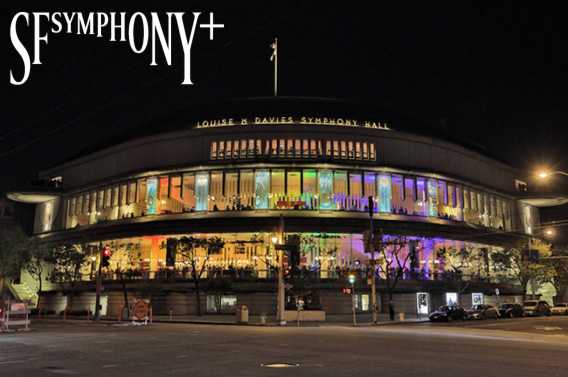SFSO redefines AV capture with Luminex
- Details

One of the challenges, explains Jon Johannsen, audio engineer for the Symphony, is capturing the orchestra when members can’t play together as an ensemble. “With wind and brass players in particular, we can’t have that many musicians together in a common space. People still need to be isolated in individual capture rooms.” As a result, the Symphony has created literally dozens of individual capture spaces on site. “We’ve now created capture rooms everywhere – downstairs, in dressing room areas, on alternate stages, all throughout the facility.”
The logistics and bandwidth demands of simultaneous audio and video capture from 50 or more multiple sources calls for a network for more complex than what the Symphony had previously employed. “Our old analogue workflow was pretty straightforward,” Johannsen recounts. “We had a series of capture microphones over the stage, with all inputs coming to Merging Technologies recorders in a central location in the booth. We were doing full 122-input captures, but the network was not central to the system. One moderately managed switch could handle everything because there wasn’t really a true network.”
Post-pandemic, that workflow became obsolete almost overnight. “The new task was to distribute between all these Merging Technologies devices and all these different locations. This meant that we needed a stable network designed for this type of capture, that would work within our Ravenna-based ecosystem.”
The new network backbone includes a GigaCore 26i network switch, as well as three GigaCore 14R and14R-PoE switches. Nine SFP Multi Mode transceivers complete the system. “We needed a network backbone that was reliable, robust, and delivered PTPv2 in a very predictable fashion,” Johannsen reports. “I had previously used Luminex, and knew it was pretty much the go-to choice for us.”
Dependable network infrastructure is essential for most any undertaking of this scope, and the fact that the players are far removed from each other makes a smooth workflow even more critical. “For the musicians, the technology must be entirely transparent – everything just has to work. Knowing that the network backbone is solid and bulletproof enables us to focus on the artists and their workflow needs.”
Johannsen points to Luminex’s Araneo software as an essential tool for overseeing the network. “The San Francisco Symphony organisation has a lot of stuff going on in the facility, and data integrity is always critical, particularly when we’re doing a capture. The first thing I do when I come in every day is power up Araneo and look at my network. Araneo is the product we used to talk about needing , but didn’t seem to exist. It allows for true end to end, real time monitoring of the performance of our Ravenna network; the kind of information that used to take hours of effort to simply just collect, and it does it seamlessly running in the background."
The Symphony’s new network backbone has enabled the audio crew to focus on serving the musicians and the audience, rather than the technology. “PTP performance is predictable, reliable, and consistent. That’s what allows us to now be scattered all over every floor of the facility, doing capture and playback.Luminex has made our network backbone so transparent that we don’t have to think about it. I know I can do anything anywhere because this network is going to deliver it.”
















